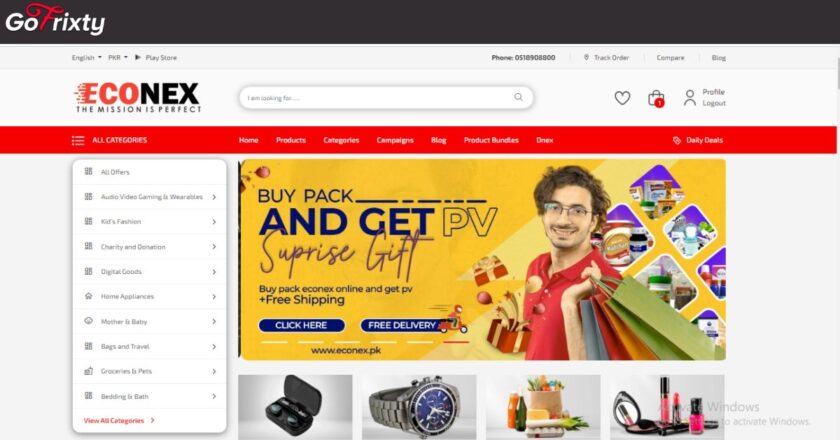The emergent and rapid increase in technology has provided significant advantages to mankind. Engineers at the University of California San Diego have developed a way for blood pressure monitoring with the help of a simple, low-cost clip that uses a smartphone’s camera and flash to monitor blood pressure on a user’s finger. The clip works with a custom smartphone app and currently costs about 80 cents to make. The researchers estimate that when produced at a large scale, the cost could be as low as 10 cents each.
The technology was published on May 29, 2023. Scientific reports.
Researchers say this could help make regular blood pressure monitoring easier, cheaper, and more accessible to people in under-resourced communities. It may benefit older adults and pregnant women, for example, in the management of conditions such as high blood pressure.
“We have developed a cost-effective solution to reduce the barrier to blood pressure monitoring,” said study first author Yinan (Tom) Schwan, a Ph.D. in electrical and computer engineering. student at UC San Diego.
Edward Wang said “Because of their low cost, these clips can be given to someone who needs them but can’t go to the clinic regularly,” said study senior author Edward Wang, an electrical engineer at UC San Diego. and is Professor of Computer Engineering and Director of Digital. Health Lab. “You may be given a blood pressure monitor clip at your check-up, just as you get a pack of floss and a toothbrush at your dental visit.”
Another important advantage of the clip is that it does not need to be calibrated on the cuff.
“This is what distinguishes our device from other blood pressure monitors,” Wang said. He explained that other cuffless systems being developed for smartwatches and smartphones need to get a separate set of measurements with the cuff so that their models can be tailored to those measurements.
“Ours is a calibration-free system, meaning you can use our device without ever touching another blood pressure monitor to get reliable blood pressure readings.”
To measure blood pressure, the user simply presses the clip with a fingertip. A customizable smartphone app guides the user on how hard and long to press during the measurement.
The clip is a 3D-printed plastic attachment that fits over a smartphone’s camera and flash. It has an optical design similar to a pinhole camera. When the user presses the clip, the smartphone’s flash illuminates the fingertip. This light is then projected through a pinhole-shaped channel into the camera as an image of a red circle. A spring inside the clip allows the user to press with different levels of force. The harder the user presses, the bigger the red circle appears on the camera.
The smartphone app extracts two important pieces of information from the red circle. By looking at the size of the circle, the app can measure the amount of pressure applied to the user’s finger. And by looking at the brightness of the circle, the app can measure the volume of blood flowing in and out of the finger. An algorithm converts this information into systolic and diastolic blood pressure readings.
A customizable smartphone app guides the user on how hard and long to press during a blood pressure measurement.
Researchers tested the clip on 24 volunteers at UC San Diego Medical Center. Results were comparable to those taken with a blood pressure cuff.
“Standard blood pressure cuffs can be awkward to apply correctly, and this solution has the potential to make blood pressure self-monitoring easier for older adults,” said study co-author and clinical associate Allison Moore. ” Division of Gemology in the Department of Medicine at UC San Diego School of Medicine.
While the team has only proven the solution on one smartphone model, the clip’s current design should theoretically work on other phone models, Xuan said.
Wang and one of his lab members, Colin Berry, a co-author on the paper who is an electrical and computer engineering student at UC San Diego, partnered with Blaine Labs Inc., a company to refine and commercialize the technology. laid the foundation
Next steps include making technology more user-friendly, especially for older adults; testing its accuracy on different skin tones; and creating a more universal design.
Paper: “An Ultra-Low-Cost Mechanical Smartphone Attachment for Non-Calibration Blood Pressure Measurement.” Co-authors include Jessica D’Souza, Jessica Wayne and Nick Antipa, all at UC San Diego.
Read more:
- Play and Earn Real Money with this Online Game!
- Vivo V23e | A perfect blend of style and performance | Specification & price in Pakistan
- Top 5 Pakistani Dramas | You Should Watch
- A step-by-step guide to registering on Binance Exchange
Also Watch Our videos
- Hagia Sophia | After 86 years, Islamic prayers to start on July 24 | History, Facts, & Significance
- Dates fruit in Pakistan | Here is everything you need to know about dates fruit of Khairpur Mir’s
This work was supported by the National Institute on Aging Massachusetts AI and Technology Center for Connected Care in Aging and Alzheimer’s Disease (MassAITC P30AG073107 Subaward 23-016677 N 00), The Altman Clinical and Translational Research Institute Galvanizing Engineering in Medicine Word Is. and the Google Research Scholar Award.
Disclosures: Edward Wang and Colin Berry are co-founders and have financial interests. Blaine Labs Inc. Wang is also the CEO of Blaine Labs Inc. The other authors declare that they have no competing interests. The terms of this arrangement have been reviewed and approved by the University of California San Diego in accordance with its conflict-of-interest policies.




